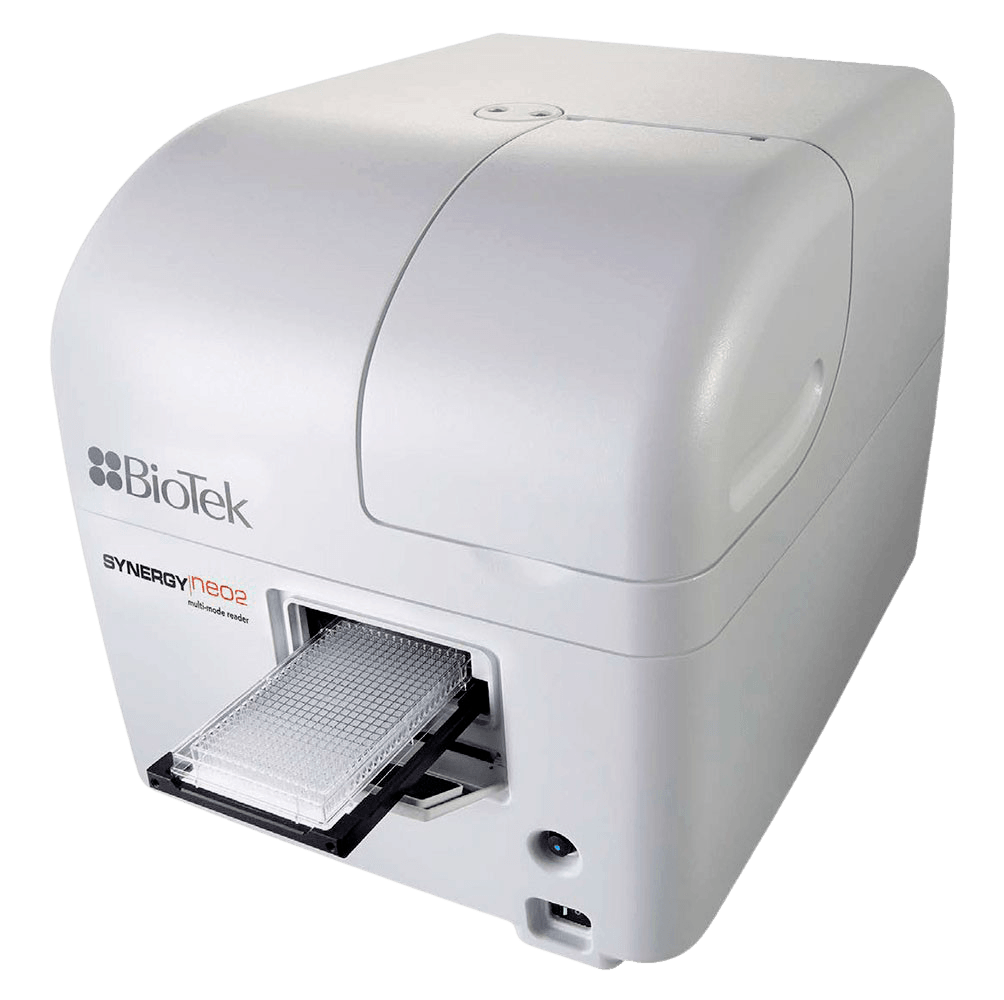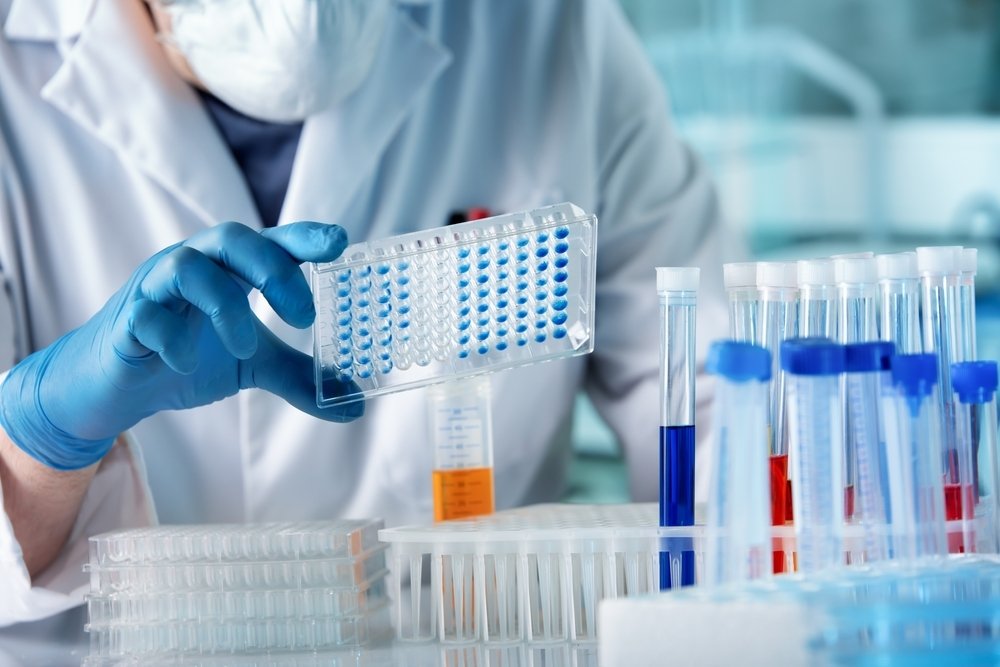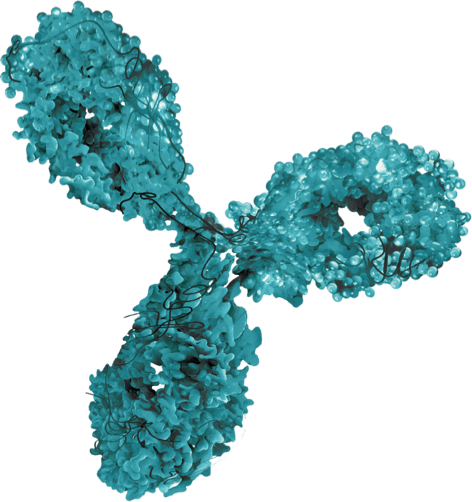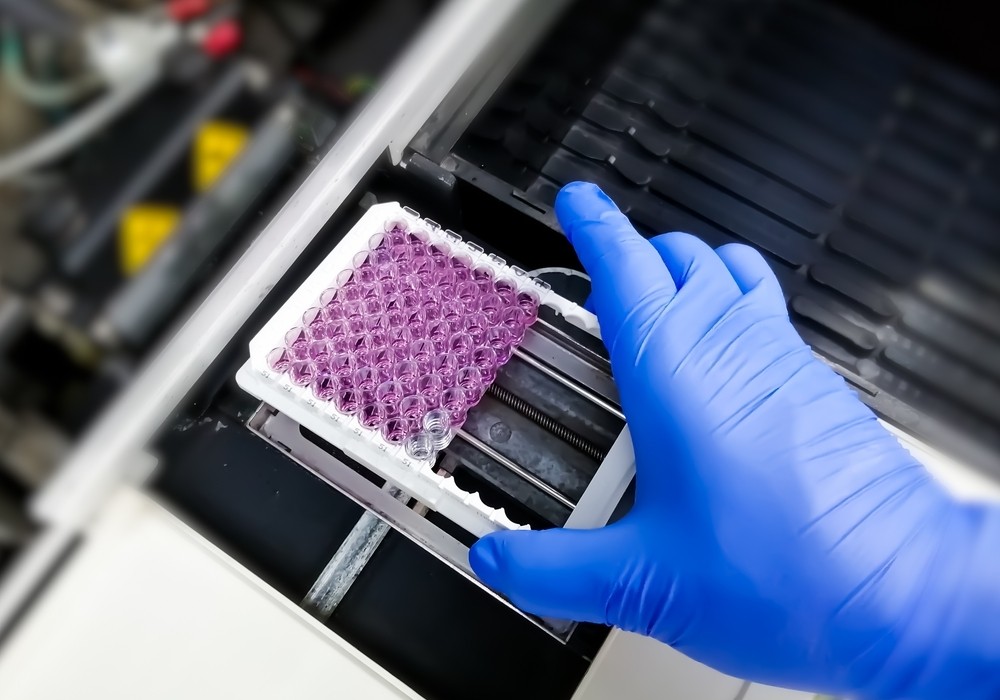For Peptide, Antibody, Hormone, and Protein Detection
Enzyme-linked immunosorbent assays (ELISA) are the most common method for ligand-binding assays and a core competency for the BioAgilytix team. We use ELISA in both its original and automation-powered forms as a fast, reliable, and cost-effective platform for analyte quantification to support bioanalysis across all modalities and analyses, including pharmacokinetics, anti-drug antibody, and biomarkers.
BioAgilytix’s ELISA method expertise
BioAgilytix offers ELISA services as a central competency and has extensive experience developing, optimizing, and validating ELISA tests. Our team is proficient in single analyte and multiplexed analyses, with traditional colorimetric readouts as well as electrochemiluminescence readouts with MSD technology. We run bioanalytical ELISAs across the range of biological matrices — from serum and plasma to urine and cell/tissue lysate. In fact, we have developed ELISA assays for:
- Infectious diseases
- Oncology biomarkers
- Hormones
- Autoimmune diseases
- Allergies
- Food toxins
- Drug testing
- Signal transduction
- Apoptosis
- Neurobiology
- Cytokines
Our equipment includes Biotek Synergy 2 and NEO plate reader instruments, Grifols Triturus automated platform, Molecular Devices SpectraMax 380 and m5e plate readers, as well as M5e and QuickPlex SQ120.
Our scientific team brings extensive, proven experience working with this popular platform to deliver high-precision, high-throughput assays to support testing of biologics, cell therapies, and gene therapies. We often leverage ELISA to meet our clients’ most demanding ligand-binding assay challenges.


ELISA applications across the drug development lifecycle
The ELISA method is one of the most diverse available, with applications throughout healthcare and small or large molecule laboratory science. The platform comes in a variety of formats including direct, indirect, sandwich, and competitive, each with its own optimal applications.
As a bioanalytical laboratory that harnesses a variety of platforms, BioAgilytix most frequently leverages ELISA in our work with biomarkers, immunogenicity, pharmacokinetics (PK), and cell-based assays. ELISA can be employed across a multitude of research areas, including oncology, cardiovascular, neuroscience, and gene and cell therapies.
KEY ELISA BENEFITS:
High precision and wide dynamic range
Even after decades of widespread use, the ELISA method is still widely regarded for its many advantages. ELISAs offer high sensitivity, specificity, adaptability, and reliability when compared to other techniques.
The ELISA plate will either passively bind antibodies or proteins, or it can be actively coated with a labeled reagent. The target molecule for the assay is then captured on the plate through specific binding to the coated reagents in the wells. The plate is developed by adding a series of reagents to detect the target molecule which produces a visible signal which can be measured as an indication of the quantity of antigen that is captured.
This binding and immobilization of reagents makes it easy to separate bound from non-bound material during the assay and wash away nonspecific materials to sell.


How the ELISA method works
The ELISA method is designed for detecting and quantifying substances such as peptides, proteins, antibodies, and hormones, and is typically performed on a 96-well plate. In a traditional colorimetric or enzymatic ELISA, detection is completed by assessing the overall signal after incubation with a substrate.
ELISAs can be paired with laboratory automation techniques to dramatically improve throughput and sensitivity. Such advancements include automated plate washing and automated readouts.
Blog Post